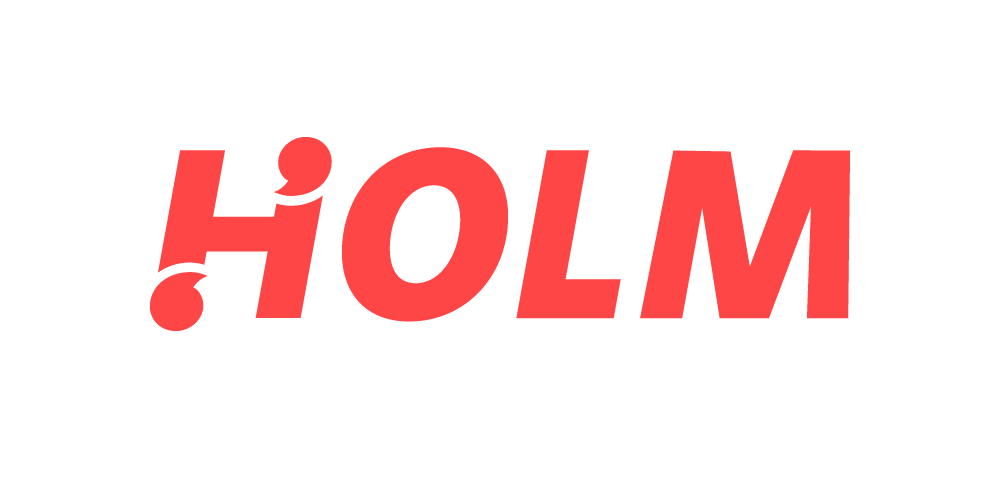We don't just create beautiful websites and launch advertising campaigns. We help businesses grow through comprehensive digital solutions with measurable results.




Years in the Market
Years of AI Experience
Forecast Accuracy
Business Sectors
We create effective digital strategies that deliver real results and help your business grow
We don’t just run marketing campaigns; we strive to improve specific business metrics such as increased sales, customer acquisition, and reduced order cost.
Learn MoreWe develop holistic strategies where all elements of marketing work in harmony—from analytics and SEO to contextual and targeted advertising.
Learn MoreWe implement analytics systems that provide a complete picture of marketing investment effectiveness to help make data-driven decisions.
Learn MoreComprehensive solutions for growing your business in the digital environment

We help generate quality leads for B2B and B2C companies through targeted advertising with high conversion rates and optimal cost.
Learn More
We develop marketing strategies that increase conversion, average order value, and overall sales volume for both online and offline businesses.
Learn More
We create modern websites with responsive design that not only capture attention but also effectively convert visitors into customers.
Learn More
Comprehensive website optimization for search engines, increasing visibility in Google and other search engines to attract targeted organic traffic.
Learn More
We use advanced data analysis methods to develop marketing mix models (MMM) and agent-based modeling (ABM) for strategic decision-making.
Learn More
For over 2 years, we have been integrating artificial intelligence into business processes. We develop and integrate personalized AI assistants to automate routine tasks and enhance efficiency.
Learn MoreA transparent process based on understanding business goals and achieving measurable results
We analyze the current state of the project, competitors, and the market to formulate an effective strategy
We create a clear roadmap with specific steps, KPIs, and a forecast of results
We implement solutions and tools according to the strategy with regular progress reports
We evaluate effectiveness, optimize processes, and scale successful solutions
Each project is assigned a dedicated manager who is always in touch and ready to promptly implement necessary changes in the strategy. We ensure continuous communication and an individualized approach to your business needs, guaranteeing the maximum effectiveness of our collaboration.
Real success stories of our clients: goals, strategies, and measurable results


Transportation Company
Developing a comprehensive digital marketing strategy to boost online ticket sales for international bus routes.


Financial Services
Creating a lead generation funnel to attract quality inquiries for the bank's financial products in Estonia and Latvia.


Chocolate Production
Developing and implementing a strategy to enter the Finnish market through e-commerce channels, focusing on the premium segment.
Expert articles and insights on digital marketing, technology, and business strategies
Trends, strategies, and tools of digital marketing for business growth
Practical tips on search engine optimization and creating effective content
Application of artificial intelligence and innovative technologies in business
Data analysis and metrics for making informed business decisions
What our clients say about working with CIMA
Companies that trust us with their business growth










Contact us today for a free consultation and discover how we can help your business reach new heights in the digital space.